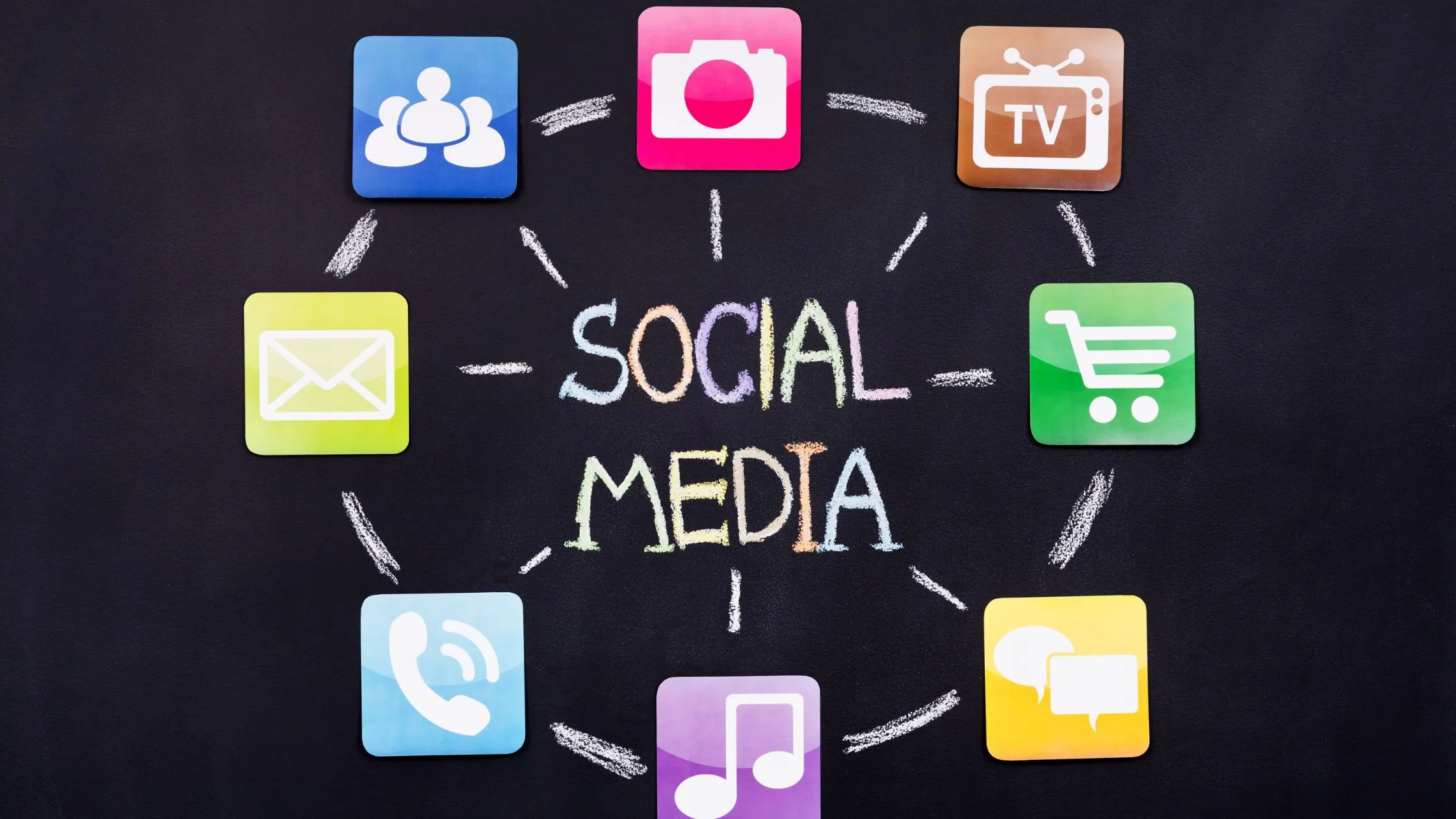In the fast-paced world of social media, having a well-thought-out content calendar is akin to having a roadmap for success. Whether you’re a seasoned social media manager or a small business owner trying to navigate the digital landscape, a content calendar can be your guiding light. This comprehensive guide will walk you through the why, the how, and the what of creating a social media content calendar that not only saves time but also boosts engagement and helps you stay on top of your game.
The Importance of a Social Media Content Calendar
Before we dive into the nitty-gritty details, let’s address the elephant in the room: why bother with a content calendar in the first place? Well, for starters, it brings a sense of organization to the often chaotic world of social media. It allows you to plan ahead, ensuring a consistent flow of content that aligns with your brand voice and resonates with your audience.Having a content calendar also helps in maintaining a balance between different types of content. From informative blog posts to eye-catching visuals and engaging polls, a well-curated calendar ensures that you don’t overwhelm your audience with a single content type. This balance is crucial for keeping your followers interested and coming back for more.
Getting Started: Identifying Your Goals
The first step in creating a social media content calendar is identifying your goals. What do you hope to achieve through your social media efforts? Whether it’s increasing brand awareness, driving traffic to your website, or boosting sales, clearly defining your objectives will inform the type of content you create and the platforms you focus on.Once you’ve established your goals, break them down into smaller, actionable steps. For instance, if your goal is to increase engagement, consider strategies such as running contests, asking questions, or encouraging user-generated content. Each of these tactics can be translated into specific content items on your calendar.
Knowing Your Audience
Understanding your audience is paramount in the world of social media. Your content should resonate with your followers, and that’s only possible if you know what makes them tick. Use analytics tools to gather insights into the demographics, interests, and behaviors of your audience.Consider creating buyer personas to represent your ideal customers. This can help you tailor your content to meet the specific needs and preferences of different segments of your audience. For example, if you discover that a significant portion of your audience is active on Instagram, you might want to focus more on visual content and stories.
Choosing the Right Platforms
Not all social media platforms are created equal, and it’s crucial to choose the ones that align with your goals and where your audience is most active. A B2B business might find success on LinkedIn, while a lifestyle brand may thrive on Instagram or Pinterest. It’s about quality over quantity.When planning your content calendar, allocate specific types of content to each platform based on its strengths and your audience’s preferences. For instance, Twitter is great for bite-sized updates and timely posts, while Facebook is more conducive to longer-form content and community engagement.
Creating a Content Calendar Template
Now that you’ve laid the groundwork, it’s time to get practical. Start by creating a content calendar template that suits your needs. This can be a simple spreadsheet with columns for dates, content type, captions, and links. Tools like Google Sheets or Excel are excellent for this purpose.Map out your content on a monthly basis, taking into account any relevant holidays, events, or product launches. This ensures that your content remains timely and relevant. Be flexible, though – leave room for trending topics or last-minute changes that could add a touch of spontaneity to your calendar.
Diversifying Your Content
A successful social media strategy involves more than just churning out promotional posts. Your content calendar should reflect a diverse range of content types to keep your audience engaged and excited. Consider incorporating:
- Educational Content: Share valuable information related to your industry or niche. This positions your brand as an authority and provides real value to your audience.
- Visual Content: Leverage the power of visuals, whether it’s eye-catching graphics, photos, or videos. Visuals grab attention and are more likely to be shared.
- User-Generated Content: Encourage your followers to create content related to your brand. This not only fosters a sense of community but also provides authentic social proof.
- Engagement Posts: Pose questions, run polls, or ask for opinions. Engaging content encourages interaction and helps boost your visibility on social media algorithms.
Scheduling and Automation
Consistency is key in the world of social media. Once you have your content calendar in place, it’s time to schedule your posts. Utilize scheduling tools like Hootsuite, Buffer, or the native scheduling features of each platform to ensure your content goes out at optimal times.Automation can also be a lifesaver. Set up automated responses for common queries or use chatbots to handle routine customer interactions. This frees up your time to focus on creating high-quality, engaging content.
Monitoring and Adjusting
A social media content calendar is not set in stone. Regularly monitor the performance of your posts and adjust your strategy accordingly. Analyze metrics like reach, engagement, and click-through rates to identify what’s working and what needs tweaking.Stay abreast of social media trends and algorithm changes. Platforms are constantly evolving, and your content strategy should evolve with them. Don’t be afraid to experiment with new content formats or posting times to keep your strategy fresh and effective.
Creating a social media content calendar is not just a task to check off your to-do list; it’s a dynamic process that evolves with your brand and your audience. By setting clear goals, understanding your audience, and diversifying your content, you’ll be well on your way to establishing a robust online presence.Remember, social media is not just about broadcasting your message but fostering a genuine connection with your audience. So, go ahead, plan your content, stay authentic, and watch your social media presence flourish. Happy posting!





